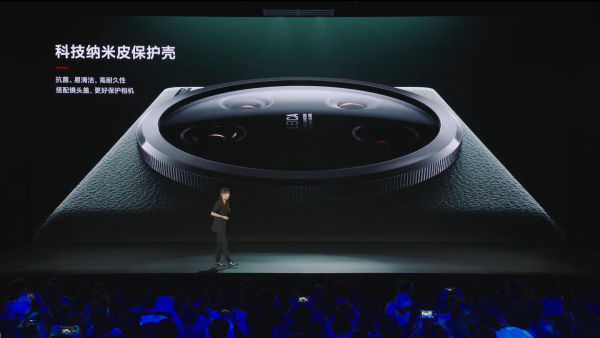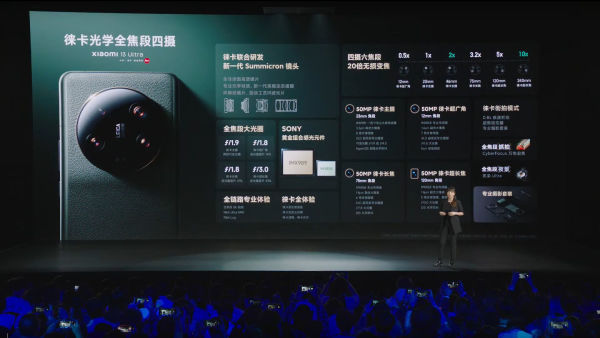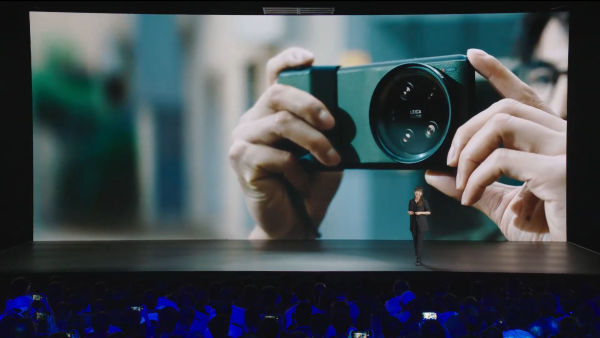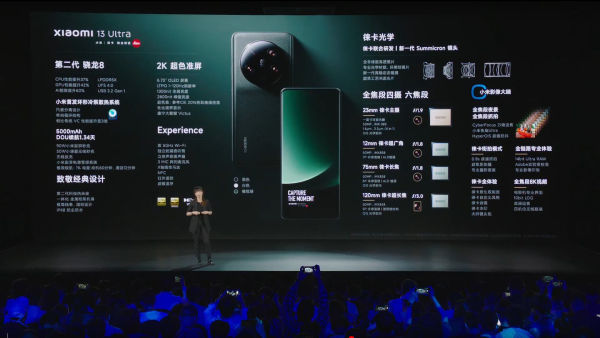With the newly introduced Xiaomi 13 Ultra, the camera capabilities are slightly expanded compared to the 13 Pro. The smartphone flagship - it will also be available internationally in a few months - features four 50MP camera modules, which were developed with Leica. The 23mm main camera (Kb-equivalent) again features a 1" image sensor from Sony (IMX989), but this time comes with a Summicron variable aperture lens; the aperture is said to be fixable at f/1.9 or f4.0.

Xiaomi 13 Ultra
The other camera modules are a 3x telephoto lens (equivalent to a focal length of 75mm), a 5x telephoto lens (equivalent to 120mm), and an ultra-wide-angle lens (12mm focal length), each with a new 50MP 1/2.51" Sony sensor. To summarize, this reads as a Leica Vario-Summicron 1:1.8-3.0/12-120 ASPH on the big quad lens.

The Xiaomi 13 Ultra (like the 13 Pro) can film at 8K; the Chinese presentation does not provide more details. The 13 Pro can handle 8K (7,680 x 4,320) at 24fps, 4K (3,840 x 2,160) also at 60fps. It also supports 10bit HDR video recording in Dolby Vision with Rec.2020 (backwards compatible via HLG) as well as a logarithmic mode.
In photo mode, "Ultra RAW" shots can be saved in 14bit. A slide-on handle with shutter release button and zoom lever also appears as an optional photo accessory, and optical filters can also be attached to it.

The Xiaomi 13 Ultra's technical specs include a 6.73-inch OLED display with 1440p and a peak brightness of 2600 nits, Snapdragon 8 Gen 2 SoC, and 12 to 16 GB of RAM and 256 GB to 1 TB of internal storage. Chinese prices start at the equivalent of 795 Euros.


